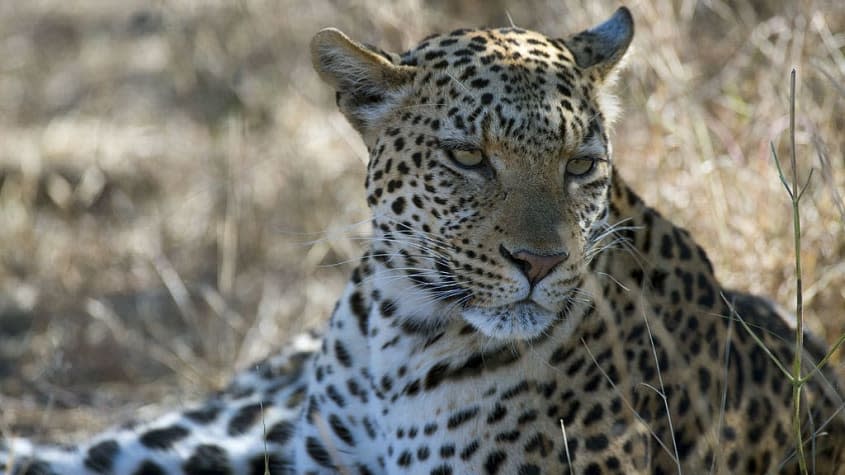Saving Spots initiative protects wildcats and cultural traditions in Zambia

Holding the synthetic leopard fur up next to the real thing, it's hard to tell which is which — and that's exactly what the team behind Saving Spots wants to hear.
Saving Spots — launched in August 2019 by Panthera, the global wildcat conservation organization, and the Barotse Royal Establishment of the Lozi people — is an initiative in Zambia that aims to protect the country's wildcat populations while preserving the traditions and ceremonies of the Lozi, like the Kuomboka festival.
During this annual event, about 200 Lozi community members escort their king between his palaces via barge. The paddlers wear lipatelo skirts made from leopard and serval fur and mishukwe headpieces topped by lion manes. The Lozi "have a strong reverence for leopards," Gareth Whittington-Jones, the counter wildlife crime Southern Africa regional coordinator for Panthera, told The Week, and they see their ceremonial garments as symbols of power and courage.
Thousands of skins were once needed to create the lipatelo, but today, most are made of highly realistic synthetic leopard and serval furs, known as heritage furs. The faux furs were developed by Panthera and designed and endorsed by the Lozi king, who, knowing wildcat populations were dwindling, approved them for ceremonial events. This not only reduces demand for wildcat skins but also preserves one of the Lozi people's most important ceremonial events. "The key is not trying to impose this kind of approach on groups," Whittington-Jones said. "It's very much a partnership."
Since 2019, 1,350 lipatelo and mishukwe made of heritage fur have been distributed, and eventually all of the ceremonial regalia for every event will be synthetic. The model can be replicated worldwide, Whittington-Jones said, and in Zambia, it "certainly wouldn't have been possible without the visionary approach" of the Lozi leaders. This high-level support shows "it's not just a wildcat NGO trying to drive this," he added. "People are seeing it's coming from within communities themselves."
New data out of the Kafue National Park suggests Saving Spots and other conservation initiatives are making a difference — in the southern region of the park, there were approximately 1.5 leopards per 100 square kilometers in 2019, and in 2022, that number rose to 4.4 leopards per 100 square kilometers. Leopard density has more than doubled in the central part of the park and stabilized in the north.
You may also like
Chris Christie: a scandal-plagued presidential hopeful
Chuck Todd to be replaced by Kristen Welker on NBC's 'Meet the Press'

